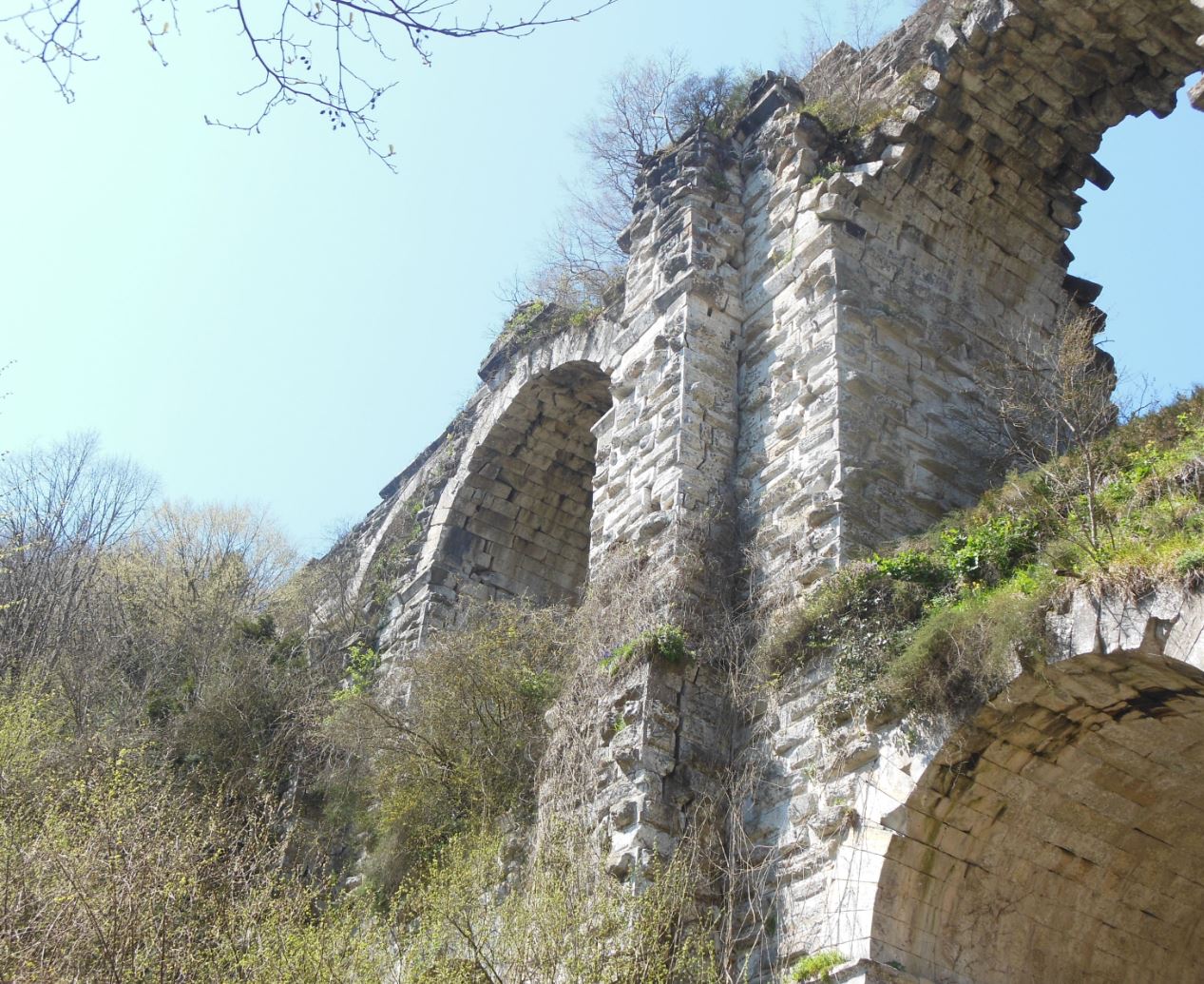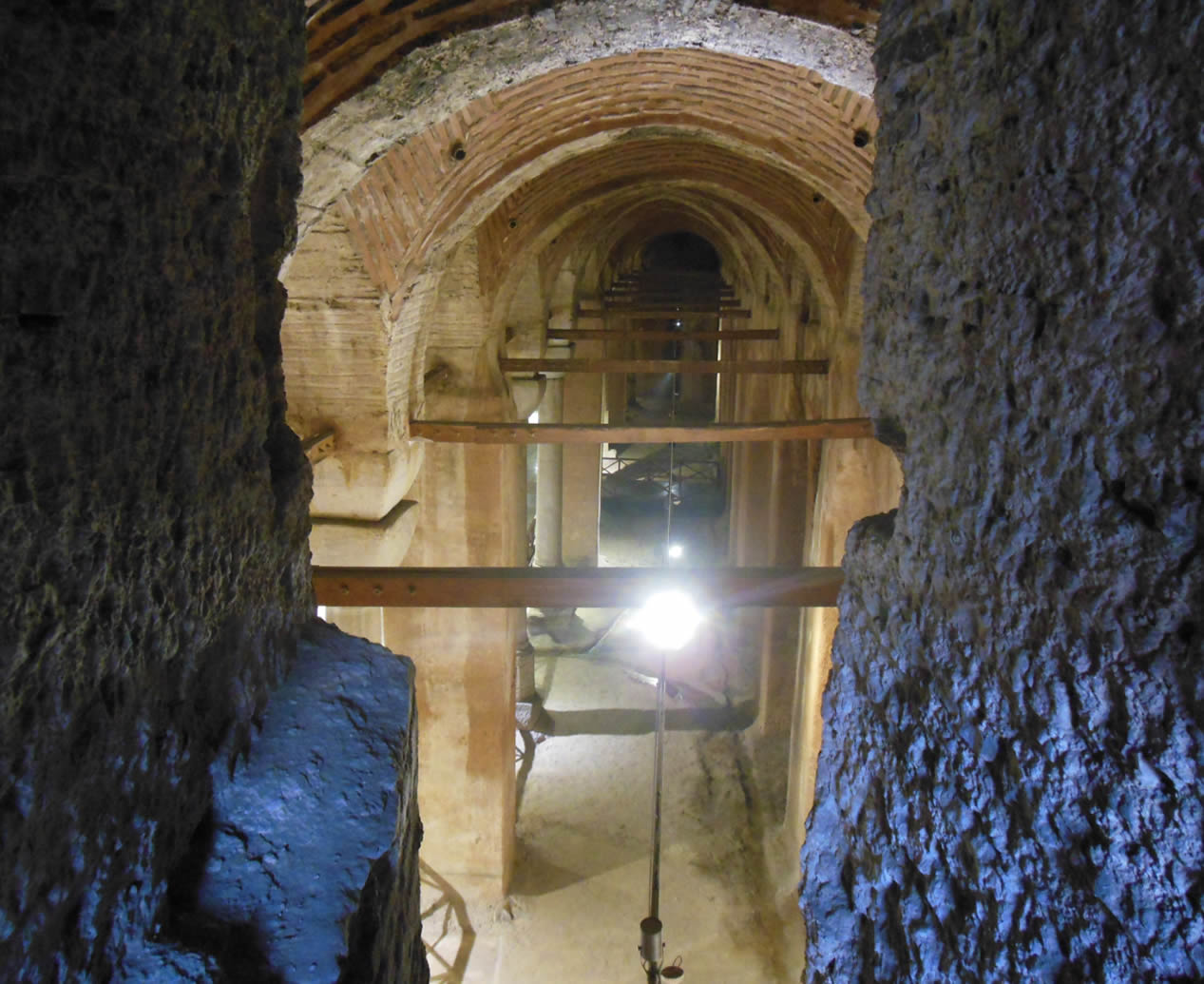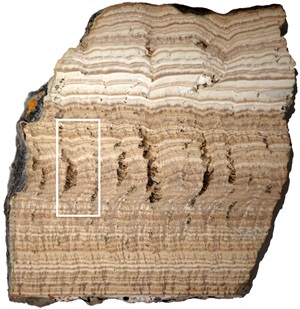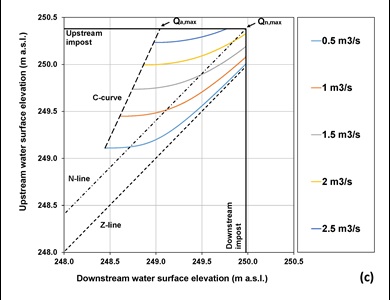-
Study
Study
Interested in studying at Northumbria? With 31,500 students, Northumbria is one of the largest universities in the country, offering courses on either a full-time, part-time or distance learning basis.
Discover more-
Undergraduate
- Undergraduate Study Degree
- Undergraduate Open Day & Events
- Application Guides
- Northumbria University UCAS Exhibitions
- Foundation Years
- Undergraduate Fees & Funding
- School & College Outreach
- Continuing Professional Development
-
Postgraduate
- Postgraduate Study Degree
- Postgraduate Research Degrees
- Postgraduate Open Days and Events
- Postgraduate Fees & Funding
- Flexible Learning
- Thinking about a Masters?
- Continuing Professional Development
- Change Direction
-
Student Life
- The Hub - Student Blog
- Accommodation
- Life in Newcastle
- Support for Students
- Careers
- Information for Parents
- Students' Union
- Northumbria Sport
-
-
International
International
Northumbria’s global footprint touches every continent across the world, through our global partnerships across 17 institutions in 10 countries, to our 277,000 strong alumni community and 150 recruitment partners – we prepare our students for the challenges of tomorrow. Discover more about how to join Northumbria’s global family or our partnerships.
Discover more-
Applying to Northumbria
- European Union
- Our London Campus
- Northumbria Pathway
- International Events
- Entry Requirements
- Agent Network
-
Northumbria Language Centre
- Faculty Requirements
- Acceptable English Requirements
- Pre-Sessional English and Study Skills
- Academic Language Skills Programmes (ALS)
-
International Fees, Funding & Scholarships
- International Undergraduate Fees
- International Undergraduate Funding
- International Masters Fees
- International Masters Funding
- International Postgraduate Research Fees
- International Postgraduate Research Funding
- International Money Matters
-
Life at Northumbria
- International student support
- The Hub - Student Blog
- Careers
-
International Mobility
- Current Northumbria Students
- Incoming Exchange Students
-
-
Business
Business
The world is changing faster than ever before. The future is there to be won by organisations who find ways to turn today's possibilities into tomorrows competitive edge. In a connected world, collaboration can be the key to success.
Discover more -
Research
Research
Northumbria is a research-rich, business-focused, professional university with a global reputation for academic quality. We conduct ground-breaking research that is responsive to the science & technology, health & well being, economic and social and arts & cultural needs for the communities
Discover more -
About Us
-
About Northumbria
- Our Strategy
- Our Staff
- Our Partners
- Student Profiles
- Alumni Profiles
- Leadership & Governance
- Academic Departments
- University Services
- History of Northumbria
- Contact us
- Online Shop
-
-
Alumni
Alumni
Northumbria University is renowned for the calibre of its business-ready graduates. Our alumni network has over 236,000 graduates based in 178 countries worldwide in a range of sectors, our alumni are making a real impact on the world.
Discover more - Work For Us


 Civil Engineering
infrastructure such as water and waste water systems and transport networks is
expensive, and its value to society stretches over many generations. There is
no more striking example of this than some of the projects undertaken in
ancient times: the Roman aqueducts serving Constantinople were built from the 2nd century onwards, and with various repairs and modifications, continued
in use for a millennium, only becoming completely unusable sometime in the 12th century.
Civil Engineering
infrastructure such as water and waste water systems and transport networks is
expensive, and its value to society stretches over many generations. There is
no more striking example of this than some of the projects undertaken in
ancient times: the Roman aqueducts serving Constantinople were built from the 2nd century onwards, and with various repairs and modifications, continued
in use for a millennium, only becoming completely unusable sometime in the 12th century. We are using modern
engineering systems thinking to try and understand these ancient water
networks: how they worked, how they were designed, how they were managed and
repaired, with the ultimate aim of better explaining their value to society
over a very long time and how this should contribute to our planning and design
of major modern projects.
We are using modern
engineering systems thinking to try and understand these ancient water
networks: how they worked, how they were designed, how they were managed and
repaired, with the ultimate aim of better explaining their value to society
over a very long time and how this should contribute to our planning and design
of major modern projects. The calcium carbonate deposits that floor ancient aqueducts are known as travertine.
The calcium carbonate deposits that floor ancient aqueducts are known as travertine.